India carried out precision airstrikes on nine terror bases in Pakistan and Pakistan-occupied Kashmir (PoK) between 1 and 1:30 am on May 7 as part of Operation Sindoor.
But one might wonder why India chose to strike the targets late at night.
Chief of Defence Staff General Anil Chauhan has now revealed the reason behind the May 7 airstrikes that led to a four-day conflict.
ALSO READ | How Pakistan's terror machine has shifted to digital wallets as terror watchers track bank accounts
Operation Sindoor was launched after the Pahalgam terror attack on April 22, where 26 tourists were killed by Lashkar-linked terrorists.
So why did India decide to launch the May 7 airstrikes late at night?
Let’s find out:
Why India hit Pakistani terror camps after midnight
CDS Anil Chauhan said the first strikes under Operation Sindoor were carried out at 1 am to avoid civilian casualties across the border.
He said, “One of the matrices of victory over here is the sophistication of our attack, which was demonstrated there… Precision strikes for long-distance targets during the night required special efforts… We beat Pakistan decisively in every escalation during Operation Sindoor.”
Gen Chauhan told school students at the Raj Bhavan on Thursday that the initial strikes took place between 1 and 1.30 am on May 7 at nine selected terror sites to reduce the risk of civilian casualties.
#WATCH | Ranchi, Jharkhand: CDS Gen Anil Chauhan says, "... On the 7th (of May), the terrorist targets we had chosen, we struck them between 1:00 and 1:30 at night… Why did we strike at 1:30 at night? That is the darkest time, it would be the most difficult to get satellite… pic.twitter.com/Rxtuubk8Kg
— ANI (@ANI) September 18, 2025
Impact Shorts
More Shorts“Earlier, we did the Balakot airstrike, but we didn’t have satellite images or photos… But what we did at 1 am now (Operation Sindoor), despite difficulty in collecting evidence in the darkness of night, was due to twin reasons - first, we had confidence in our capabilities that we could take imagery, and the second, we wanted to avoid civilian casualties,” PTI quoted him as saying.
“The best (option) would have been the time of 5.30 am or 6 am… But that time of the first Azan or Namaz… many civilian lives would have been lost. We wanted to avoid that completely,” he said.
Why May 7 was picked for the strikes
CDS Chauhan said the choice of May 7 came after studying Pakistan’s air activity following April 23.
He said India had been watching Pakistan’s flight movements for several days and selected the night of May 7 as the skies were clear and no rain was expected.
He added that the Indian Navy was active in Jammu and Kashmir and Punjab and played an important role by using its weapons effectively. Unlike the Uri surgical strike and Balakot strikes, Operation Sindoor involved all three branches of the Indian Armed Forces working together.
“During Uri and Balakot, we chose land and air medium, but in this operation, a surprise element was there as we adopted a new strategy, which was needed for success, and used drones, the capability of which we acquired,” he said.
‘New kind of warfare’
He said this was not fought like traditional wars, as it involved land, air, sea, electromagnetic space and cyber domains. The rival was seen only through satellite images, electronic visuals and signal intelligence.
The Chief of Defence Staff said it marked a shift from older methods of war, where victory was judged by the capture of territory, the destruction of equipment, or the number of prisoners or soldiers killed.
He said the nature of warfare is now shaped more by technology than by the size of the forces or land gained.
“Modern warfare demands that we fight today’s conflicts with tomorrow’s technology. The battlespace is no longer limited to traditional domains of land, air, and sea and has expanded to include space, cyber, the electromagnetic spectrum, and even the cognitive domain. In recent operations, this shift was evident.”
“As warfare continues to evolve, our armed forces are not just adapting; they are actively shaping the future battlespace. Victory today lies not only in decisive action, but in the ability to maintain superiority across all domains,” he added.
Operation Sindoor ‘still on’?
Speaking at the ‘Ran Samvad’ conclave last month, Gen Chauhan said Operation Sindoor “is still on”.
In a veiled dig at Pakistan, he said India has always stood for peace, but this should not be mistaken for weakness.
#WATCH | Mhow, MP: At the Ran Samvad, CDS General Anil Chauhan says, "Operation Sindoor was a modern conflict from which we learned a number of lessons, and most of them are under implementation, some have been implemented. The operation is still on. We are not here to discuss… pic.twitter.com/kz56x90HUj
— ANI (@ANI) August 26, 2025
“We are a peace-loving nation, but don’t get mistaken, we cannot be pacifists. I think peace without power is utopian. I like to state a Latin quote which translates, ‘if you want peace, prepare for war,’” he said at the conclave.
He added that the armed forces must remain on high alert as Operation Sindoor is still active.
Operation Sindoor
Launched on May 7, Operation Sindoor targeted nine terror bases of groups like Jaish-e-Mohammad, Hizbul Mujahideen and Lashkar-e-Taiba in Pakistan and Pakistan-occupied Kashmir.
Over 100 terrorists were killed during the operation.
Pakistani forces responded with attacks of their own, and Indian forces launched counter-offensives as part of Operation Sindoor. The fighting continued for nearly four days.
The military action came to an end on the evening of May 10 after both sides reached an understanding.
With inputs from agencies


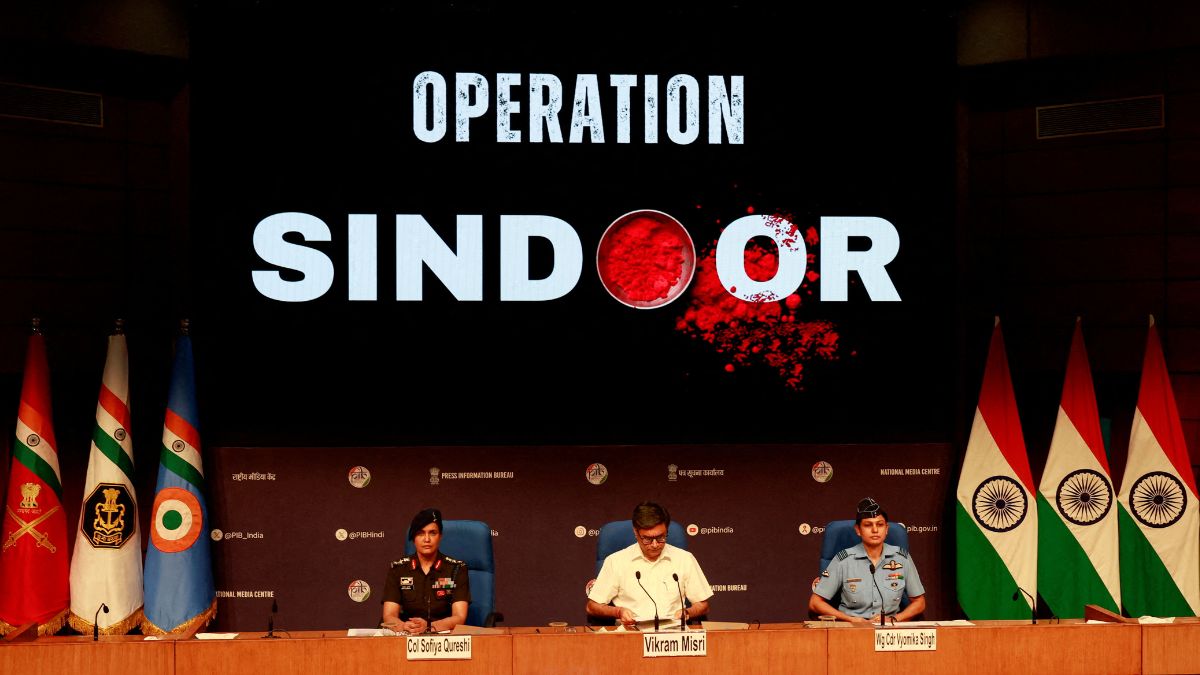)

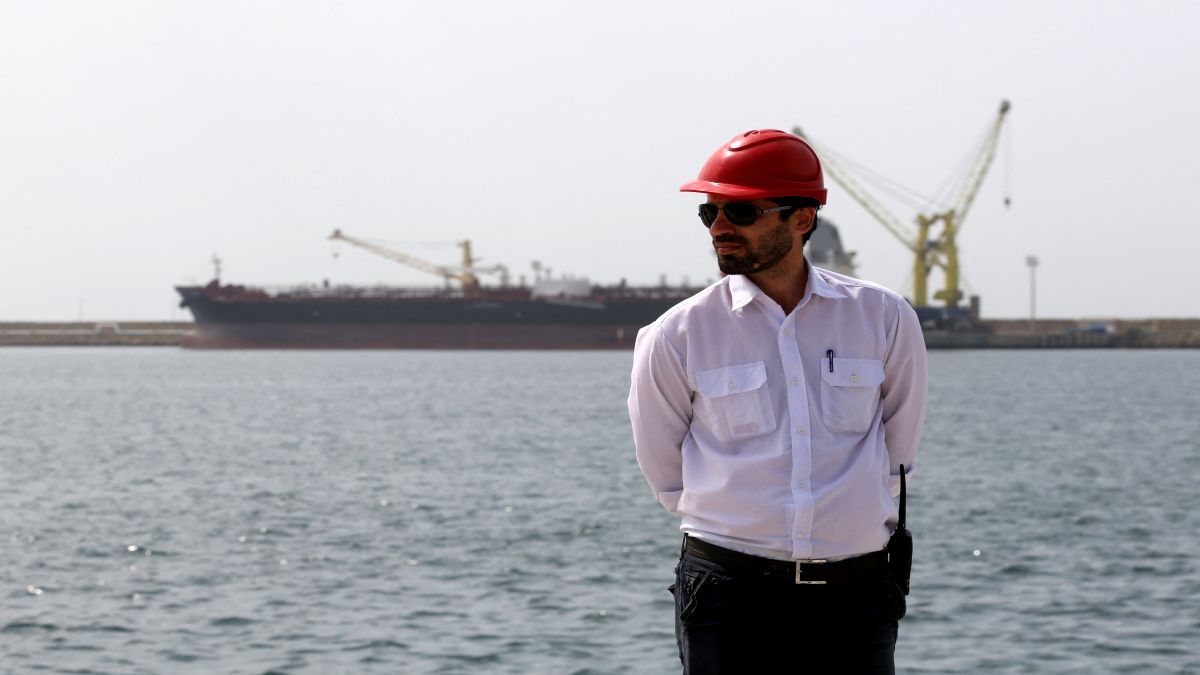)
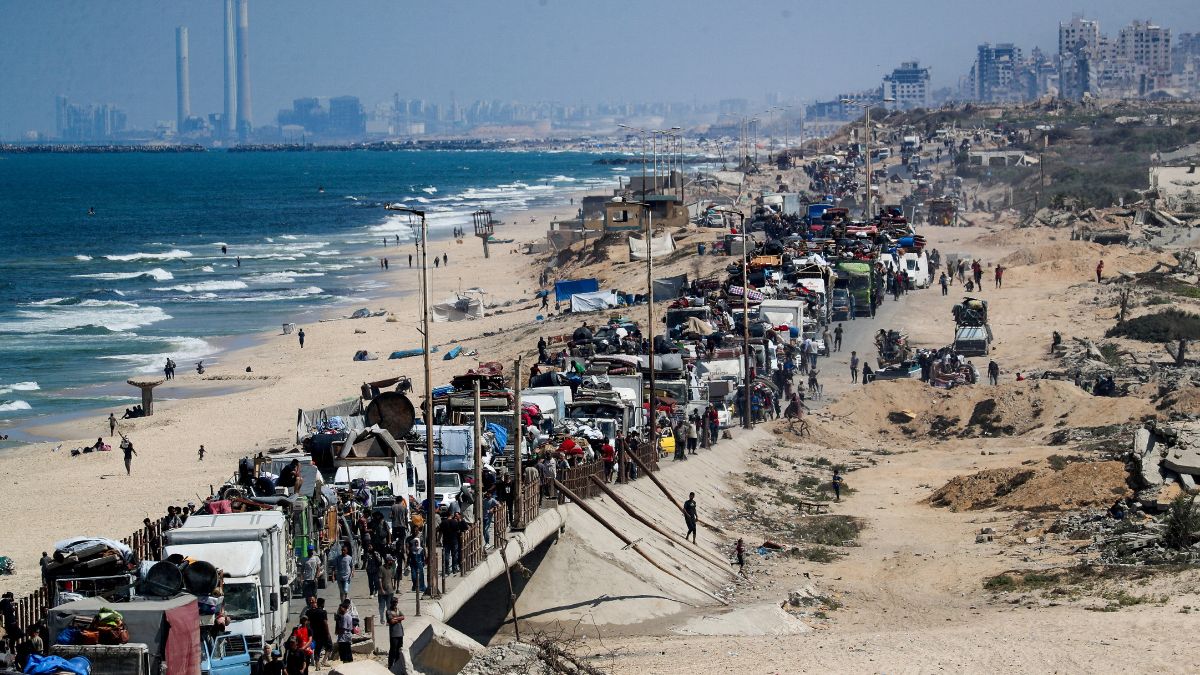)
)
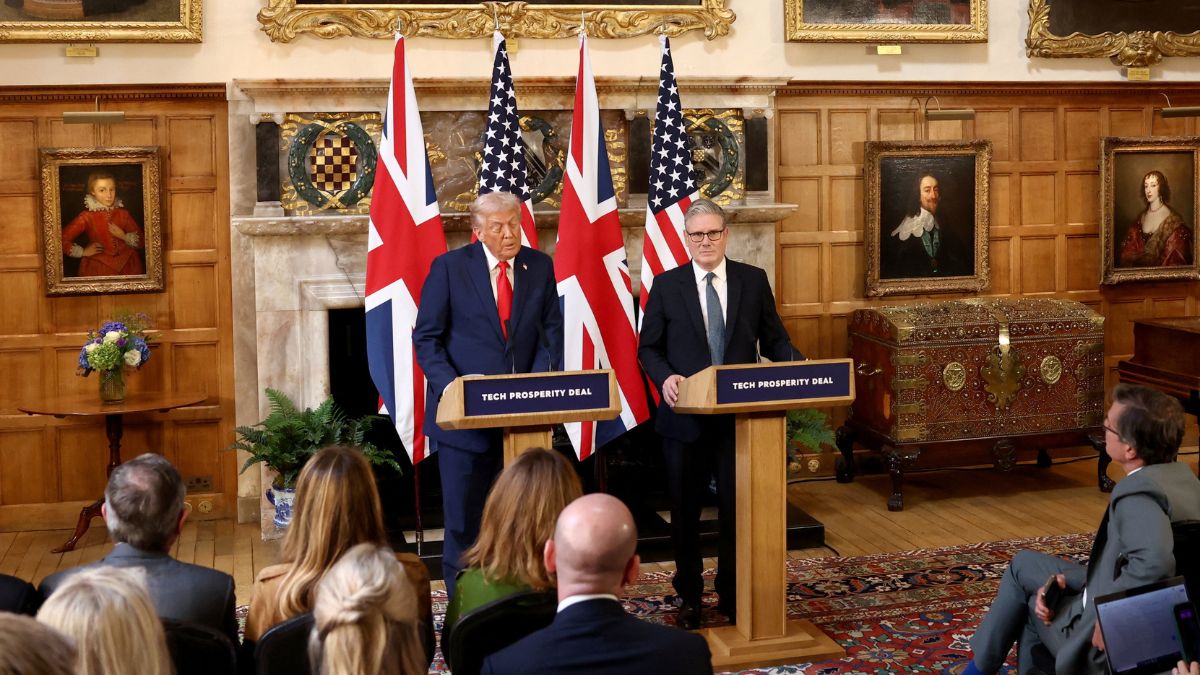)
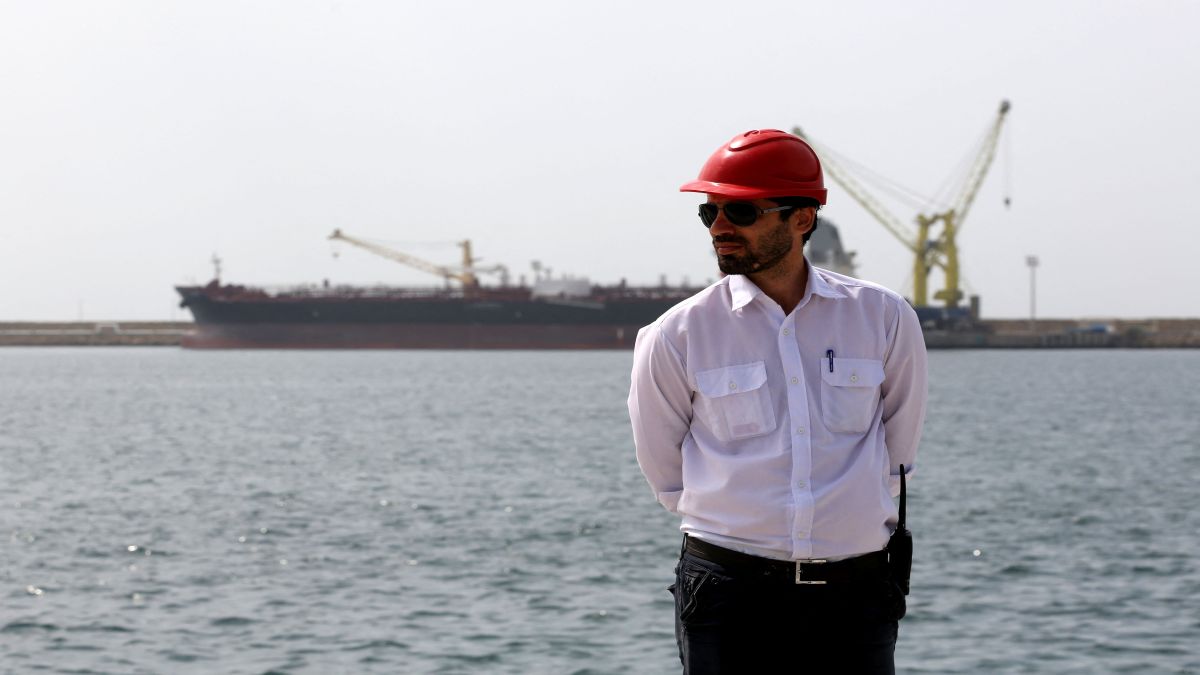)
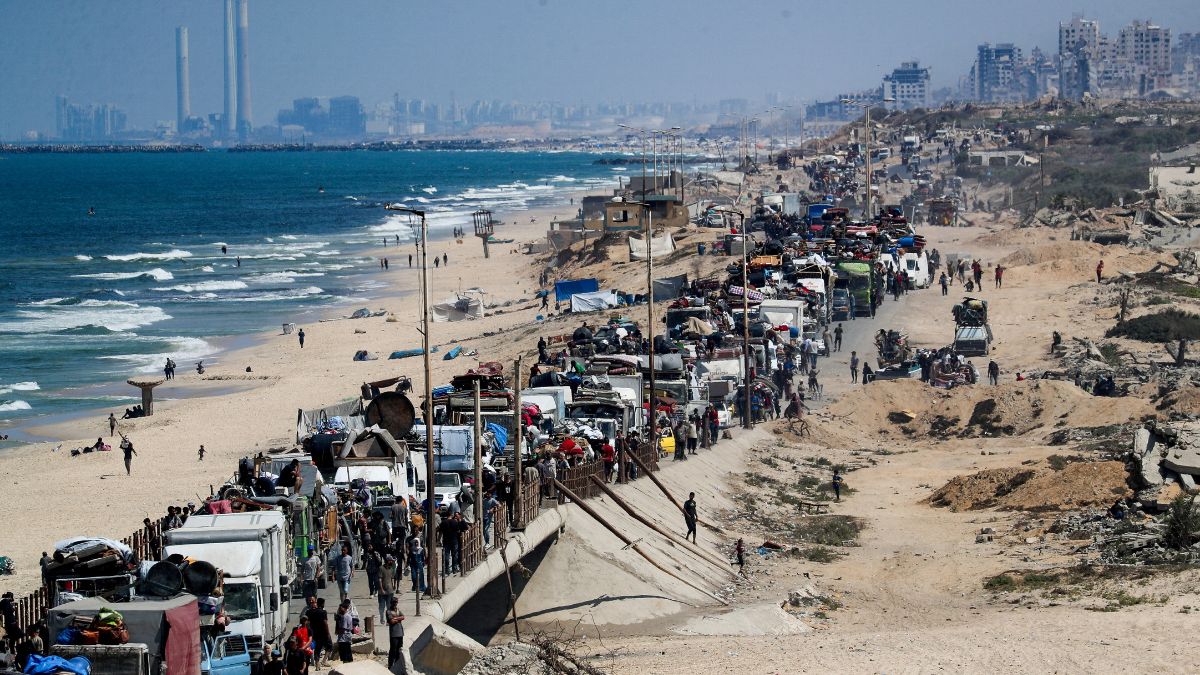)
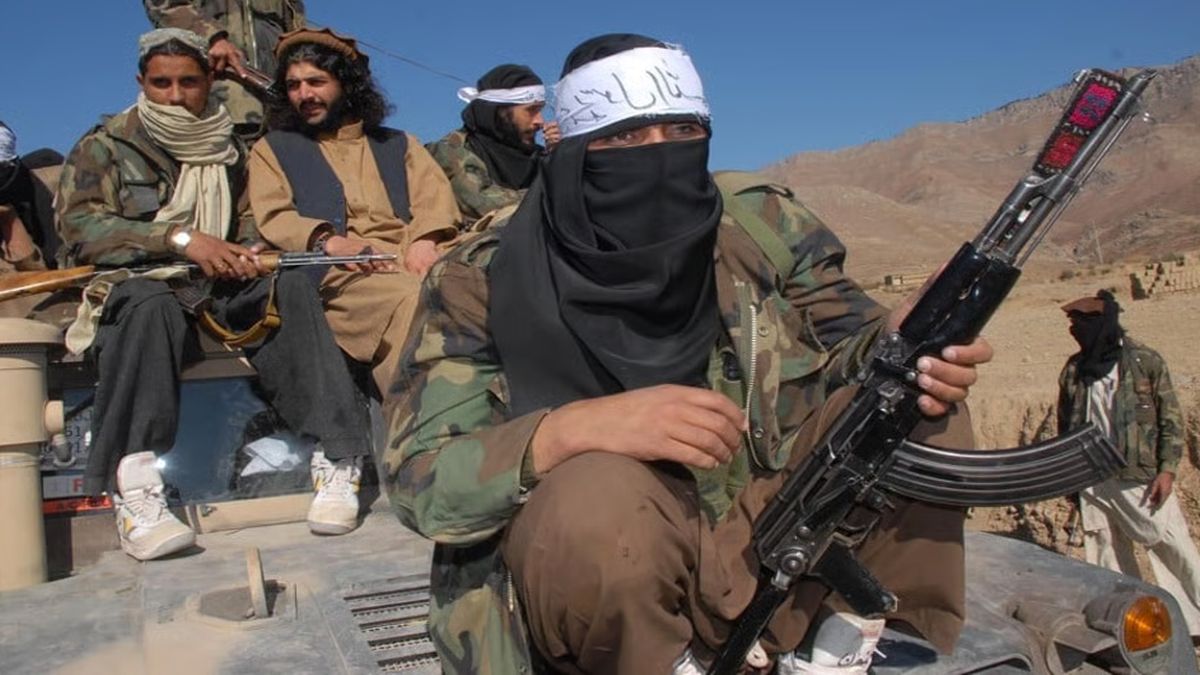)
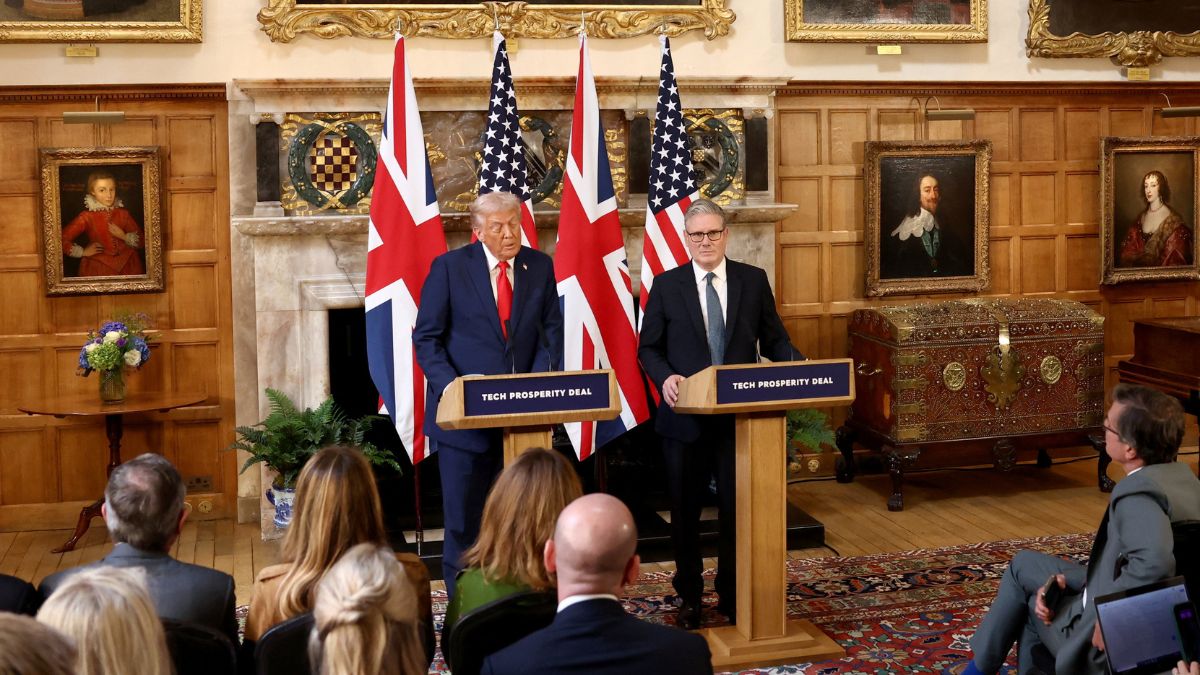)



